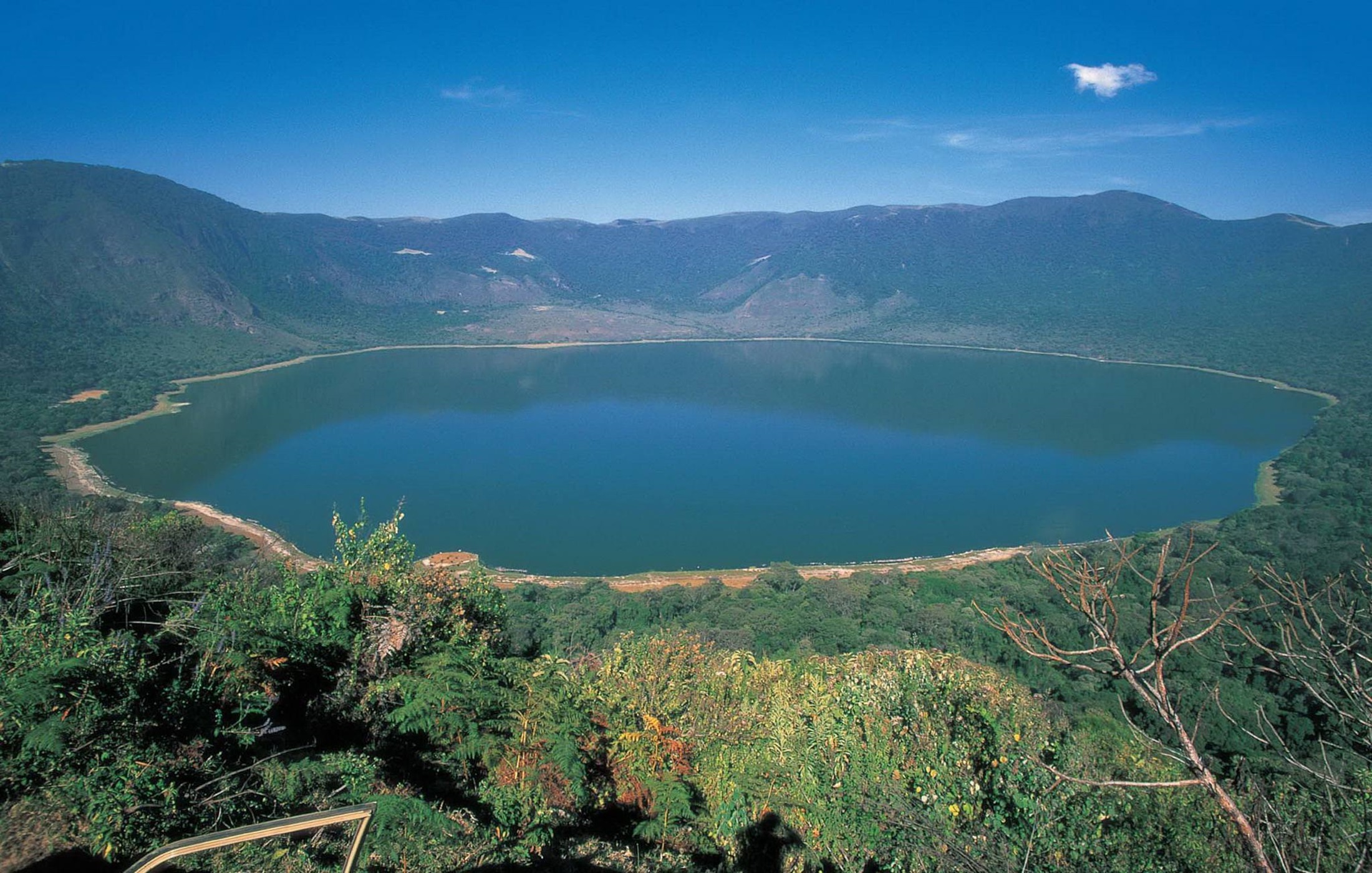
Welcome to the breathtaking Ngorongoro Crater, one of Africa’s most iconic landscapes and a UNESCO World Heritage Site. Formed by the collapse of an ancient volcano, this spectacular caldera is the largest intact volcanic crater in the world—a vast, unbroken bowl teeming with life and wonder.
Encircled by steep walls rising up to 600 meters, the Ngorongoro Crater stretches 260 square kilometers across and shelters nearly 30,000 wild animals, making it one of the most densely populated wildlife areas on the planet.
Located in the Ngorongoro Conservation Area—a vast 8,292 square kilometer region that connects Serengeti to Kilimanjaro—this natural sanctuary offers not just safari splendor, but an incredible blend of scenery, culture, and adventure.
A Landscape Alive With Life
From the crater floor's golden grasslands to the cool, misty rim towering at 2,200 meters, Ngorongoro is a haven of biodiversity and stunning geological variety. Here, flamingos line the salty shores of Lake Magadi, lions stalk the savannah, and black rhinos—one of the rarest sightings in Africa—graze under the watchful eye of your guide.
Beyond the crater lies the lesser-known but equally enchanting Ngorongoro Highlands, including the lush Empakai and Olmoti Craters. These areas offer serene walking safaris, rich birdlife, and panoramic views, perfect for travelers who want to explore beyond the usual paths.
Experiences That Inspire